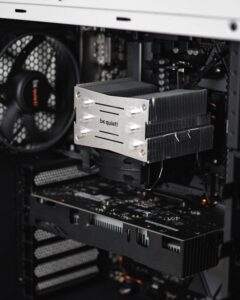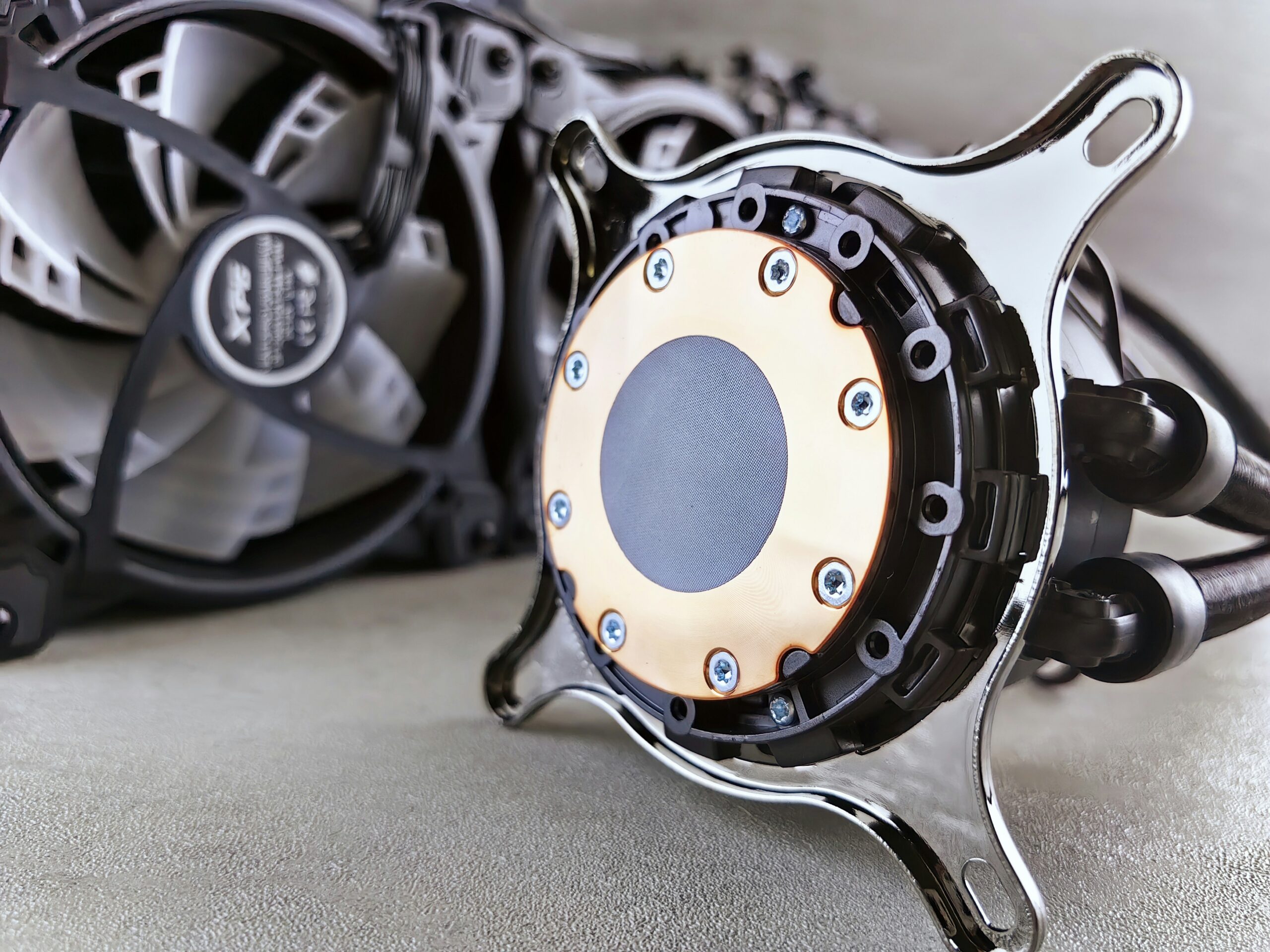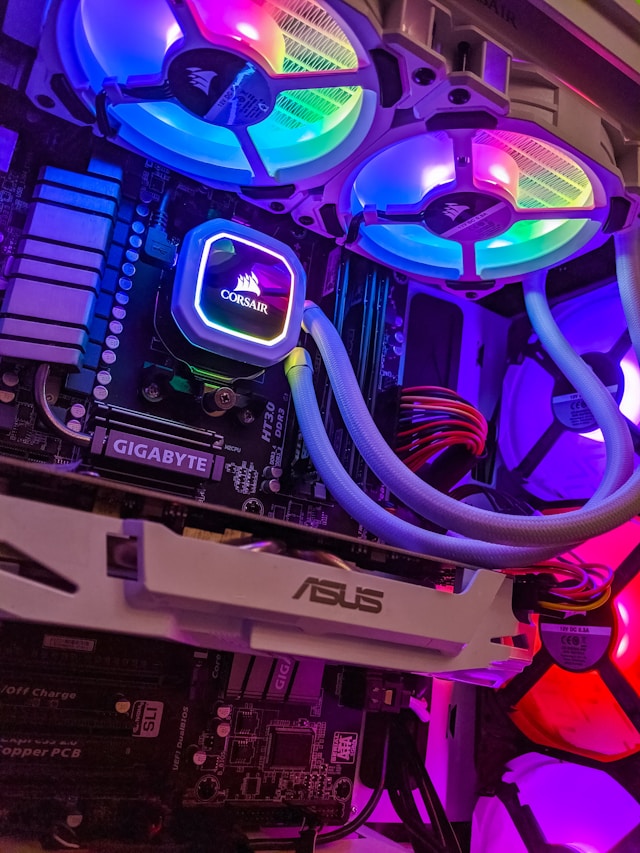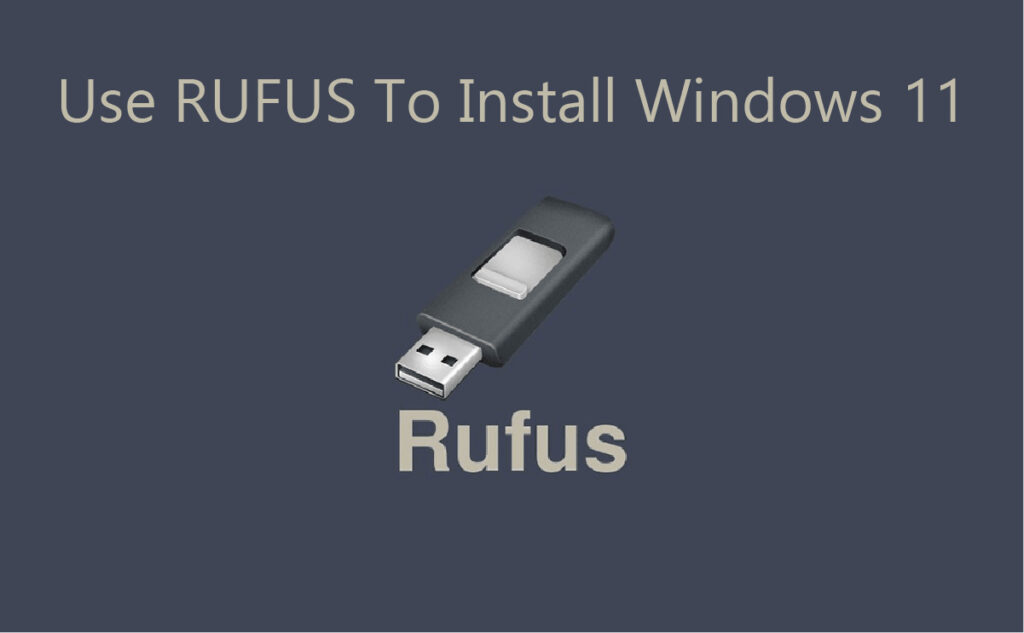Have you ever thought about building your own PC? It can be an exciting journey filled with learning and creativity. The joy of assembling your own computer can be incredibly rewarding—plus, it gives you the flexibility to customize your rig to meet your specific needs and preferences. Whether you’re a gamer, a professional designer, or just need a powerful machine for everyday tasks, building a PC allows you to handpick every component. In this guide, you’ll discover some of the best online tools that can assist you in crafting your dream machine.
Why Build Your Own PC?
Building a PC might seem like a daunting task, but the benefits make it worthwhile. When you assemble your own computer, you gain complete control over the components involved. This can lead to better performance, upgradability, and often, a lower cost compared to pre-built systems. Plus, you’ll learn a lot in the process.
Customization

One of the most significant perks of building your own PC is the ability to customize every detail. You can select the best graphics card for gaming, a high-performance CPU for video editing, or a massive hard drive for storage—whatever suits your needs.
Cost-Effectiveness
Building your own PC can often save you money. You can avoid the markups associated with pre-built systems and instead spend your budget on high-quality components. Additionally, selecting your own parts means you can prioritize what is essential for your specific requirements.
Learning Experience
Assembling your own PC is an excellent way to learn about technology. You’ll gain insights into how computers work, learn about hardware compatibility, and improve your problem-solving skills.
Getting Started: Essential Tools
Before diving into the components, it’s essential to have some fundamental tools and resources. Here’s what you’ll need to kickstart your PC-building journey.
Screwdriver Set
A good set of screwdrivers is crucial for building your PC. Most cases will require Phillips-head screws, and having a magnetic screwdriver can help you keep those tiny screws from disappearing.
Anti-Static Wrist Strap
Static electricity can cause damage to sensitive components. An anti-static wrist strap grounds you while you work, protecting your parts from unexpected shocks.
Online PC Building Tools
Using online tools can make the process smooth and enjoyable. The following section explores some of the best online resources tailored to PC builders.
Best Online Tools for PC Building
PCPartPicker
One of the best tools available for building your PC is PCPartPicker. This site simplifies the entire process by allowing you to search for components, check compatibility, and visualize your build.
- Compatibility Checker: When you select a part, the site checks if it matches the other components.
- Price Tracking: You can monitor prices for components and be notified when they drop.
- Community Builds: Gain inspiration from builds shared by others in the PCPartPicker community.
Logical Increments
Logical Increments is another fantastic website that helps you build a PC based on your budget and needs. The site categorizes builds, pricing them from budget to high-end gaming rigs.
- Budget Tiers: You can select a budget tier that fits your financial goals and receive a tailored list of components.
- Guided Options: Each tier breaks down the suggested components, making it easy to understand the advantages of each choice.
UserBenchmark
UserBenchmark is great for understanding how different components compare. You can look up specific parts to see their performance ratings and read reviews from other users.
- Comparison Tool: You can compare different CPUs, GPUs, and SSDs to see which one suits your needs best.
- Performance Evaluation: Get insights into how each part performs in real-world scenarios.
Understanding Components
When building your PC, knowing each component’s role is critical. Here’s a breakdown of the essential parts you’ll need.
Central Processing Unit (CPU)
Your CPU is the brain of your computer, handling tasks and calculations.
- Speed: Measured in GHz, a higher number typically means better performance.
- Cores: More cores enable better multitasking; for gaming, a quad-core or better is recommended.
Graphics Processing Unit (GPU)
The GPU is essential for rendering images and video, making it a must-have for gamers and content creators.
- Dedicated vs. Integrated: A dedicated GPU offers better performance than integrated options found in many CPUs.
- Memory: Look for at least 4GB of VRAM for decent gaming performance.
Motherboard
Your motherboard connects all components. Choosing the right motherboard is key to ensuring compatibility.
- Socket Type: Make sure your CPU and motherboard have matching socket types.
- Expansion Slots: Check for slots for GPUs and additional RAM.
Memory (RAM)
RAM affects how efficiently your PC can manage tasks.
- Capacity: Aim for at least 16GB for gaming or content creation.
- Speed: Faster RAM can improve performance, especially for certain applications.
Storage Solutions
There are two types of storage: hard drives (HDDs) and solid-state drives (SSDs).
- SSD vs. HDD: SSDs are faster and more reliable but generally cost more per gigabyte than HDDs.
- Capacity Needs: Consider your storage needs based on the software and files you intend to use.
Power Supply Unit (PSU)
The PSU provides power to your PC components.
- Wattage: Make sure your PSU can supply enough power for all components.
- Efficiency Ratings: Look for 80 Plus Certified PSUs, which indicate better efficiency.
PC Case
The case houses all components, and its size can determine what parts you’ll be able to use.
- Form Factor: Ensure that your motherboard and GPU fit within the case dimensions.
- Cooling Options: Good airflow is necessary for a PC that runs efficiently.
Cooling Solutions
Cooling is essential for maintaining optimal performance.
- Air vs. Liquid Cooling: Air coolers are simpler to install, while liquid cooling provides better thermal performance.
- Case Fans: Ensure your case has adequate fan options for airflow.

Choosing the Right Components
Now that you understand what components you need let’s discuss how to choose the right parts for your build.
Set Your Budget
Before selecting components, decide on a budget. Setting a limit will help narrow down your choices and prioritize what’s essential for your build.
Identify Your Purpose
What will you mainly use the PC for? Gaming, video editing, or general office tasks? Understanding your primary use will guide your choices.
Research Compatibility
Use tools like PCPartPicker and Logical Increments to verify that your chosen components will work together. This step can save you a lot of potential headaches down the line.
Assembling Your PC
Once you have all the components, it’s time to get your hands dirty with assembling your new PC. Here’s a simple breakdown of the steps to follow.
Step 1: Prepare Your Case
Start by opening the case and removing any pre-installed hardware or packaging. Organize your workspace to make the assembly process smoother.
Step 2: Install the PSU
Place the PSU in its designated spot in the case. Secure it with screws and route the cables for a clean setup.
Step 3: Install the CPU
Carefully install the CPU into the motherboard’s socket according to the guidelines for alignment. Once it’s in place, secure it properly.
Step 4: Apply Thermal Paste
If your CPU cooler doesn’t come with thermal paste, apply a small amount to the CPU before installing the cooler. This ensures effective heat dissipation.
Step 5: Install the Cooler
Attach the CPU cooler following the manufacturer’s instructions. Make sure it’s seated properly and connected to the motherboard for power.
Step 6: Install RAM
Insert the RAM sticks into the corresponding slots on the motherboard, ensuring they click into place properly.
Step 7: Place the Motherboard in the Case
Align the motherboard with the standoffs inside the case, making sure it fits snugly.
Step 8: Install Storage Drives
Mount your SSDs and HDDs in their designated bays and connect them to both the motherboard and the PSU.
Step 9: Install the GPU
If using a dedicated GPU, install it in the appropriate PCIe slot. Secure it with screws to keep it anchored.
Step 10: Connect All Cables
Connect all required cables from the PSU to the motherboard, GPU, and storage devices. Ensure everything is connected according to the manual.
Step 11: Close the Case and Power Up
Once everything is connected and secured, close the case and plug in your PC. Hit the power button and watch your creation spring to life.

Troubleshooting Common Issues
Even with careful assembly, things might not go as planned. Here are a few common issues and their solutions.
No Power
If you press the power button and nothing happens, first check if the PSU is plugged in. Then check all cable connections to ensure everything is secure.
Display Problems
If your monitor shows a message like “no signal,” ensure your GPU is correctly installed and that it’s plugged into the monitor.
Overheating
If your PC shuts down unexpectedly, it might be overheating. Check if all fans are working correctly and ensure proper airflow in your case.
Optimizing Your Build
Once you’ve assembled your PC, there are ways to optimize its performance further.
Update Drivers
Make sure to update your drivers to ensure optimal performance. This includes graphics, motherboard chipset, and any peripherals.
Install an Operating System
Once all hardware is firmly in place, you need an operating system (OS). Windows, Linux, or another OS can be installed depending on your needs.
Fine-Tune Settings
Play with system settings to adjust fan speeds, overclocking, and other features for personalized performance.
Conclusion
Creating your own PC can be a fun and educational experience. From choosing components to assembling them, you have the opportunity to learn and build something that fits your exact needs. With the right online tools at your disposal, you can navigate the process more efficiently and avoid common pitfalls. Embrace the challenge, and enjoy the satisfaction that comes from building your very own custom computer.
So, now that you know what it takes and have the tools at your disposal, how about it? Are you ready to embark on the exciting journey of building your own PC? Remember, patience is key, and the rewards will surely justify the effort!


